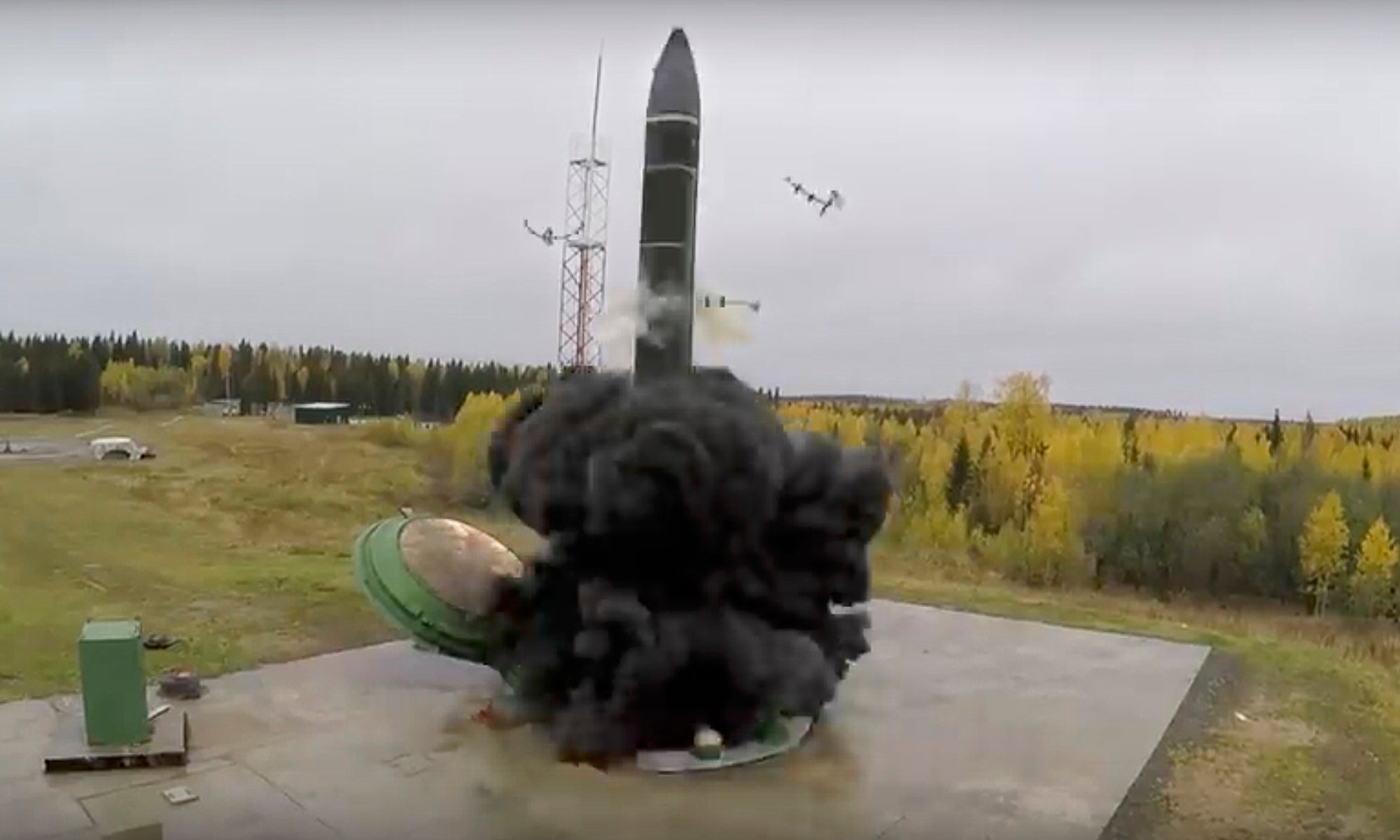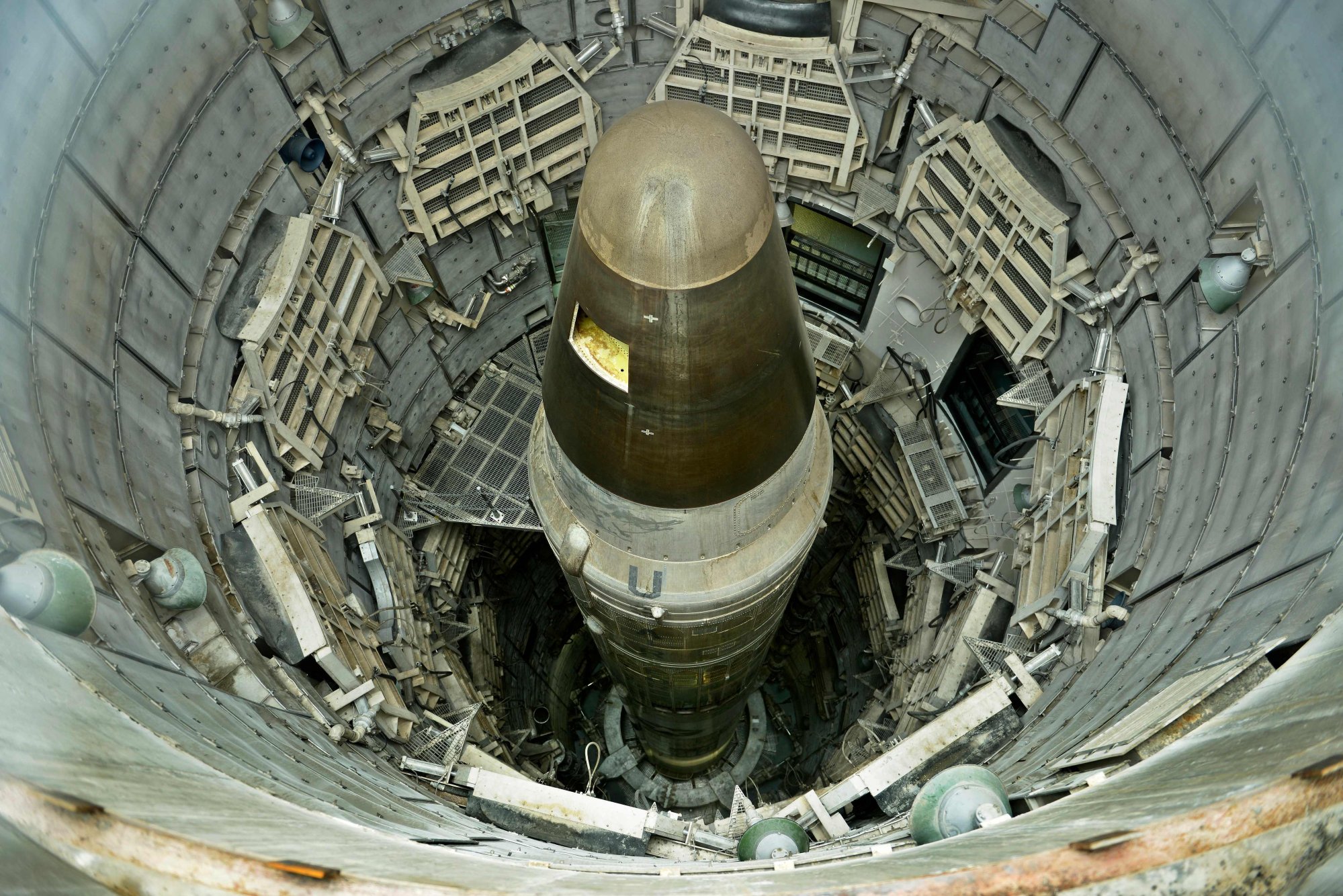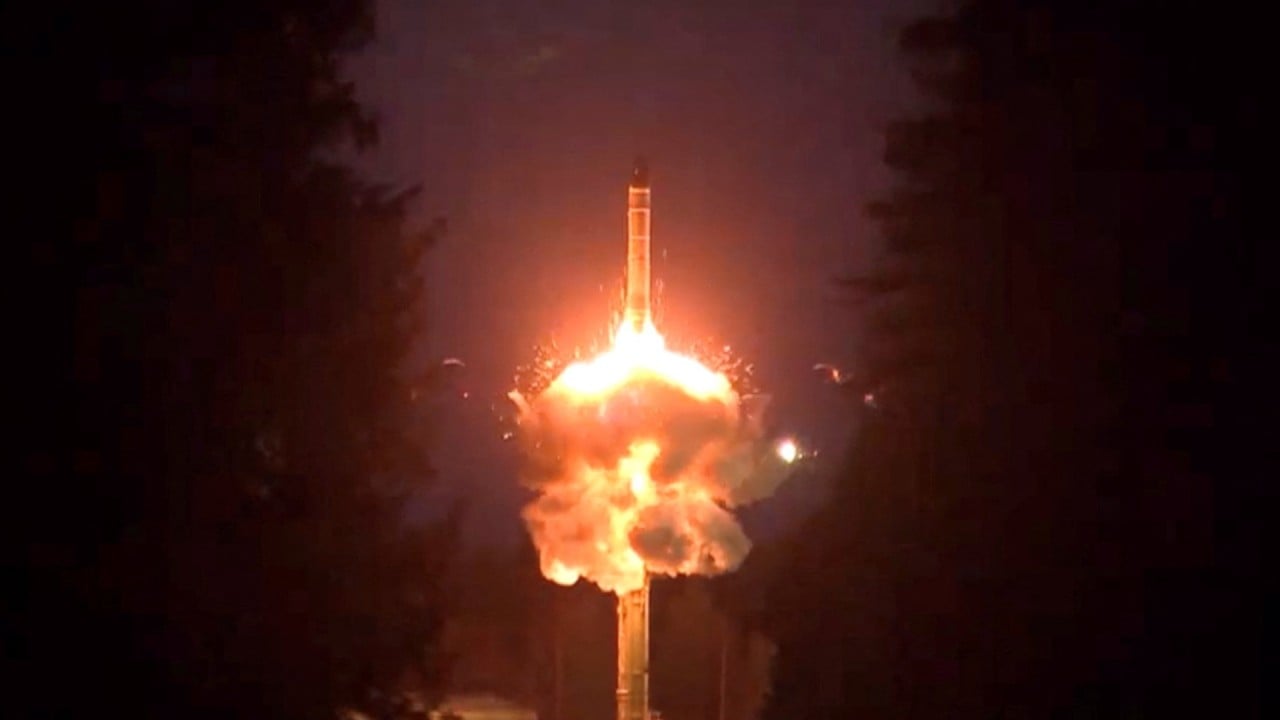
US must adapt its nuclear arms control policies to get China on board
- A main sticking point preventing progress on nuclear arms reduction is Washington’s policies that leave China feeling it must expand its arsenal
- If the US wants China to feel secure enough to negotiate, it must address Beijing’s legitimate concerns
China’s reluctance to engage in nuclear talks with the US stems from its perception that Washington refuses to acknowledge mutually assured destruction, which signifies shared vulnerability to nuclear attacks between the two nations. Beijing is concerned the US could use such dialogue to curtail China’s nuclear expansion and jeopardise the survivability of its nuclear arsenal.
Is there a middle ground or an alternative approach that could address this trilateral nuclear arms security dilemma? Part of the problem lies with Washington’s counterforce strategy, which targets an adversary’s nuclear forces, command and control systems, supportive industries and leadership.
This encourages nuclear arms proliferation, as the US would naturally seek to amass as many nukes as possible to credibly target the nuclear forces of China and Russia. Nevertheless, it would probably fall short of neutralising the nuclear arsenals of both countries to prevent retaliatory strikes.

Alternative targeting strategies have been discussed that accentuate deterrent effects without driving rival states into a nuclear arms race. One option is what George Washington University political science professor Fiona Cunningham calls the “combine principle”. Cunningham suggests that Washington could integrate both nuclear and non-nuclear strategic weapons into the strategic stability equation with China, broadening the scope beyond nuclear arsenals.
Incorporating these elements would signify Washington’s recognition of Beijing’s ability to target critical US assets and thus establish mutual vulnerability. Moreover, it would elevate China’s nuclear power status to parity with the US.

Doing so could invite a Chinese rebuff if Beijing feels Washington is relegating it to second-tier nuclear power status and undermining its nuclear force survivability or retaliatory strike capability.
If Washington were to end its extended deterrence commitments, Tokyo and Seoul could invoke Article 10 of the Nonproliferation Treaty, citing “extraordinary events” that have compromised their national security interests as grounds for withdrawal.
Finally, China’s willingness to engage in such negotiations could be seen as a step forward. However, it is unlikely that Beijing will compromise on reducing its nuclear arsenal unless the US and Russia demonstrate a similar commitment.
Achieving genuine progress will also require Washington to align its nuclear doctrine with China’s no-first-use strategy and refrain from transplanting the nuclear-sharing model from Europe to the Asia-Pacific.
Asma Khalid is an independent researcher and former visiting fellow at the Stimson Centre


